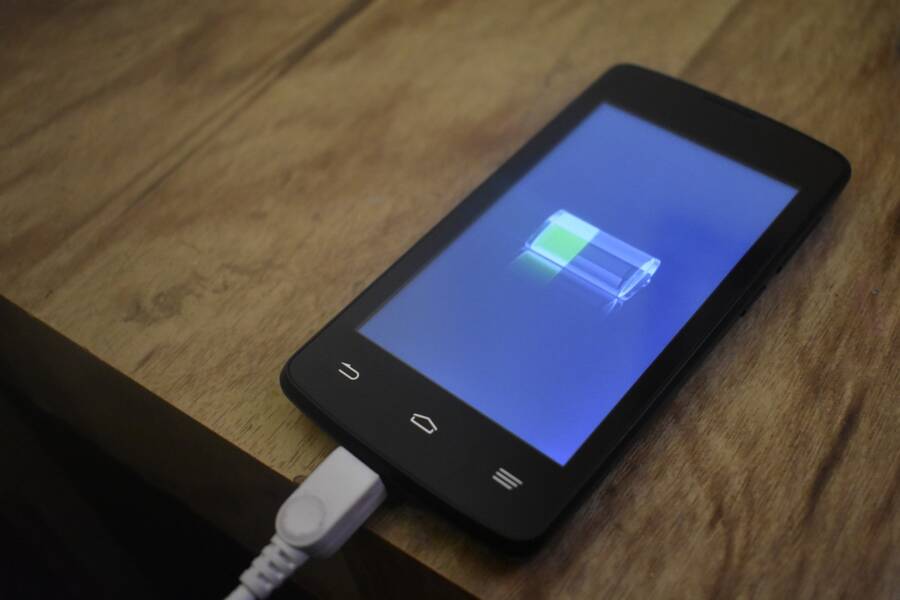Adjusting some settings on your Android cell phone can make the device’s battery last longer. Find out the seven tricks that will prevent your smartphone from needing to be recharged several times throughout the day.

1- Disable location
Although the location service is important, the service can quickly drain your Android’s battery, if you are not using apps that require location, disable this feature as well as other features such as NFC, Wi-Fi and Bluetooth.
2- Disable app notifications
Receiving too many push notifications can drain your Android’s battery more quickly, as the platform operates in the background to process them, so disable notifications for all apps or keep only those that are necessary.
3- Reduce screen brightness
The screen is one of the main consumers of cell phone battery, especially when it is brighter. Adjust the brightness level in settings or slide down the notifications menu on the home screen.
4- Set up screen always on
If the volume of notifications from the always on screen is high, the feature may consume more battery. To optimize it, configure the screen so that it is only activated when there is a touch.
5- Enable adaptive battery
The adaptive battery feature monitors the user’s usage pattern to disable or put in-standby apps that are rarely used, saving battery power. To configure it Open battery/ settings/ adaptive battery and activate the function.
6- Screen backlight duration
On Android, you can adjust the duration of the screen’s backlight and the inactivity time for the device to turn off automatically, which helps save battery especially with the short time interval.
7- Disable animated wallpapers
Avoid live wallpapers on your Android as they consume more battery. preferably static options to optimize the device’s operation. If your screen is OLED or AMOLED, choose black wallpapers.